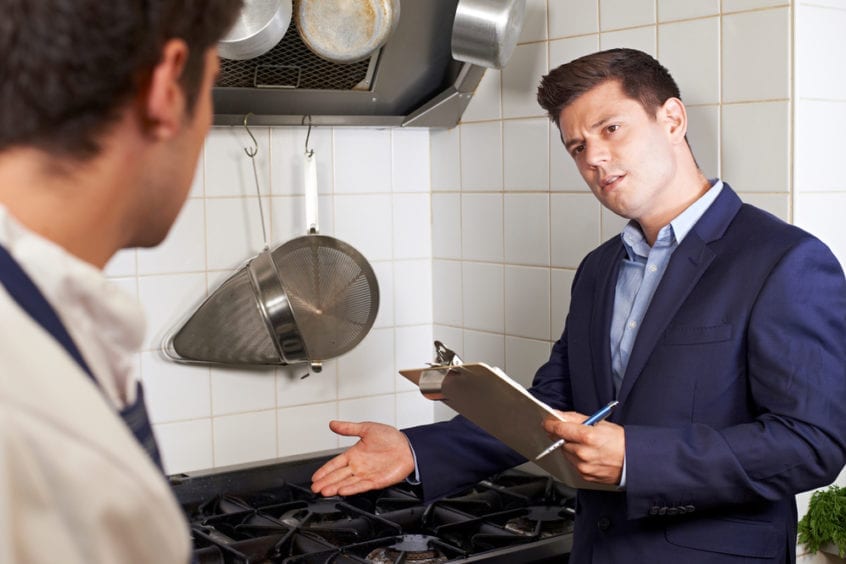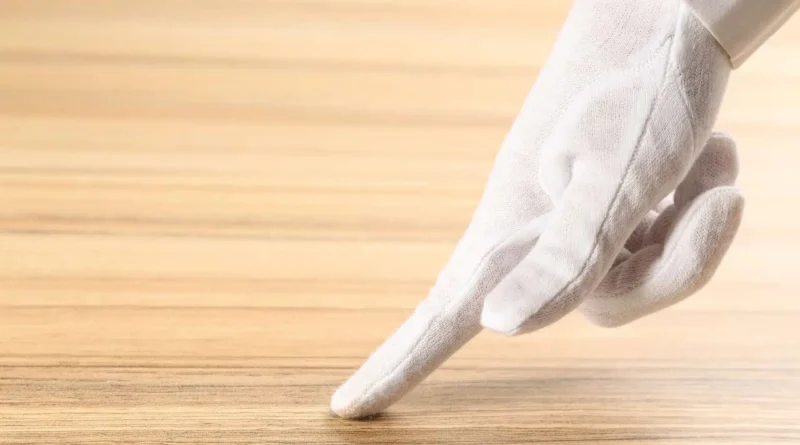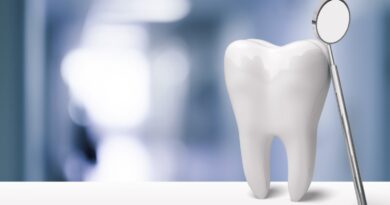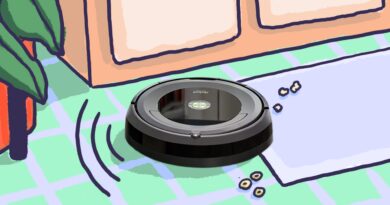A Close Look at Cleaning Inspection: Strategies for a Healthier, Safer Environment
While searching for healthier and safer living and working spaces, the importance of cleaning inspection cannot be overstated. It is a routine task and a strategic approach to ensure that environments are clean and free from potential health hazards. Delve into the key strategies that underpin an effective sanitation inspection process.
Setting the Stage:

Sanitation assessment goes beyond the surface-level tidiness you often associate with cleaning. It involves a meticulous examination of spaces to identify and eliminate not only visible dirt but also hidden threats such as bacteria, allergens, and contaminants. The goal is to create an environment that promotes health and safety.
Strategic Planning
1. Establishing Clear Objectives
Before diving into the inspection process, it’s crucial to define specific objectives. These objectives serve as a roadmap, guiding inspectors to focus on areas that directly impact health and safety. Whether it’s a residential or commercial space, having clear goals ensures a comprehensive and targeted sanitation assessment.
2. Adopting a Systematic Approach
A successful cleaning assessment is not haphazard; it follows a systematic approach. This involves breaking down the inspection into manageable steps, covering all areas systematically. From high-traffic zones to overlooked corners, a methodical inspection guarantees a thorough assessment of the entire space.
The Tools of the Trade: Essential Components
1. Cutting-Edge Technology

Sanitation assessment benefits greatly from technological advancements. High-tech tools, such as UV lights, moisture meters, and air quality monitors, allow inspectors to detect hidden issues that might escape the naked eye. Incorporating these tools enhances the precision and effectiveness of the process.
2. Checklists and Documentation
To ensure consistency and accountability, a detailed checklist is indispensable. This document serves as a guide for inspectors, covering specific areas, tasks, and standards. Thorough documentation facilitates a comprehensive inspection and provides a basis for ongoing improvement and evaluation.
Beyond Clean: Integrating Health and Safety Measures
1. Identifying Potential Health Risks
Cleaning assessment is not solely about aesthetics. It involves a keen understanding of potential health risks lurking in the environment. This includes identifying mould growth, pest infestations, or poor ventilation – factors that can compromise the well-being of occupants. By addressing these risks proactively, it becomes a proactive measure for health and safety.
2. Implementing Preventive Measures
An effective inspection is not just about solving existing problems; it’s also about preventing future issues. This may involve recommending changes in cleaning routines, introducing protective coatings, or suggesting improvements in ventilation systems. A proactive approach ensures a sustained, healthier and safer environment.
The Human Element: Training and Communication
1. Investing in Training Programs

The success of sanitising inspection relies on the competence of inspectors. Investing in training programs ensures inspectors have the knowledge and skills necessary for a thorough evaluation. Continuous education keeps them abreast of industry best practices and emerging trends, enhancing the overall quality of the inspection process.
2. Effective Communication Channels
Communication is key to the success of any inspection initiative. Inspectors must effectively communicate their findings to relevant stakeholders, residents, employees, or management. Clear and concise communication ensures that necessary actions are taken promptly, contributing to the creation of a healthier and safer environment.
Conclusion
In conclusion, cleaning inspection is not mundane but a strategic initiative to foster healthier and safer environments. By adopting clear objectives, systematic approaches, cutting-edge technology, and a focus on health and safety, people pave the way for a future where our living and working spaces contribute positively to their well-being. Remember, a close look at inspection is not just about cleanliness – it’s about the health and safety of the people who inhabit these spaces.



